
Sliders are a little bit of heaven snuggled in a toasty bun. The term slider was invented by Walter Anderson, the founder of White Castle, although he trademarked the mini-hamburgers slyders. Now sliders are small sandwiches served on a miniature hamburger bun that can be gobbled up in a bite or two. Creative cooks know a good thing when they taste it and have adapted sliders to include a variety of fillings such as fish, chicken and pork -- not just ground beef. The prime rib slider piles succulent slices of juicy, tender, prime rib on a crusty bun.
Prime Rib Primer
Step 1
Take the roast out of the refrigerator about an hour before you plan to roast it. Keep it covered. This allows the roast to come to room temperature so it will cook evenly throughout.
Step 2
Preheat the oven to 450 degrees Fahrenheit. Place the roast bone side down in the roasting pan. If the roast is boneless, place it fatty side up in the pan. Roast for 15 minutes then turn the heat down to 325 F for the remaining roasting time. Rare is 13 to 15 minutes per pound, medium rare is 15 to 17 minutes per pound.
Step 3
Place the meat thermometer into the roast about 45 minutes before the estimated time the roast will be done. The thermometer should not rest against a bone or in fat. Remove the roast from the oven when it is about 5 degrees less than the doneness you prefer. Rare roast beef is 125 F in the center so remove at 120 F. Medium rare roast beef is 130 to 140 F, so remove at 125 F. The roast will continue to cook. Let the roast rest about 15 minutes covered loosely with aluminum foil. This redistributes the juices throughout the roast.
Terrific Toppings
Step 1
Create a béarnaise-flavored mayonnaise as one option for your prime rib slider. Combine chopped tarragon, chervil and scallions -- a ratio of one part each of the herbs to eight parts mayonnaise works well.
Step 2
Top the slider with a combination of grilled onions, sauted mushrooms and bacon slices.
Step 3
Use simple toppings such as cheddar cheese, steak sauce, plain mayonnaise, mustard and ketchup if you don't have the time to prepare your own topping.
Some Assembly Required
Step 1
Place the slider buns on a cookie rack cut side up. Broil in the oven until the buns are toasted. Watch carefully because they go from brown to burnt very quickly.
Step 2
Spread the béarnaise-flavored mayonnaise or your choice of topping on the bottom and top of each cut side of the bun.
Step 3
Slice the roast beef very thinly, no more than one-eighth of an inch thick. Pile it an inch high on the bottom part of the buns. Cover the prime rib with the top half of the bun and serve.
Related Articles

How to Slow Cook Brisket With Brown ...

How to Slow Cook a Rolled Rib of Beef
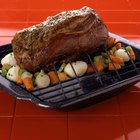
How to Cook a Whole Sirloin Tip Beef ...

How to Cook Texas Broil Roast

How to Roast a Split Turkey

How to Convection Roast a Brisket
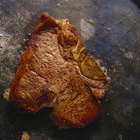
How to Cook Churrasco Steak in a Pan

How to Marinate a Top Round Roast

How to Cook a Beef-Pork Combo Roast
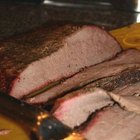
How to Cook Beef Brisket Slices for a ...
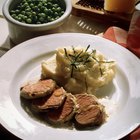
How to Make a Juicy Pork Tenderloin
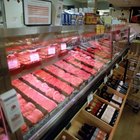
How to Cook Pork Hamonado
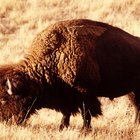
The Best Way to Prepare Bison Sirloin

How to BBQ the Eye of Round Roast

How to Slow Cook an Eye of Round Roast ...

How to Cook Angus Beef Steak
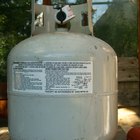
How to Barbeque a Brisket on a Gas Grill

How to Marinate Pork Chops in Pineapple ...

How to Bake a Pork Loin Center Half

How to Cook a 15-Pound Rib Roast
References
Tips
- Assemble the sliders just before serving so the buns don't get soggy.
Warnings
- The USDA recommends cooking meat to an internal temperature of 140 F.
- Use a disinfected cutting board to slice the meat and avoid cross contamination. Consider using one cutting board for meats, one for chicken and one for everything else.
- Do not let uncooked meat sit unrefrigerated for more than two hours.
Writer Bio
Katie Jensen's first book was published in 2000. Since then she has written additional books as well as screenplays, website content and e-books. Rosehill holds a Master of Business Administration from Arizona State University. Her articles specialize in business and personal finance. Her passion includes cooking, eating and writing about food.
Photo Credits
Creatas Images/Creatas/Getty Images